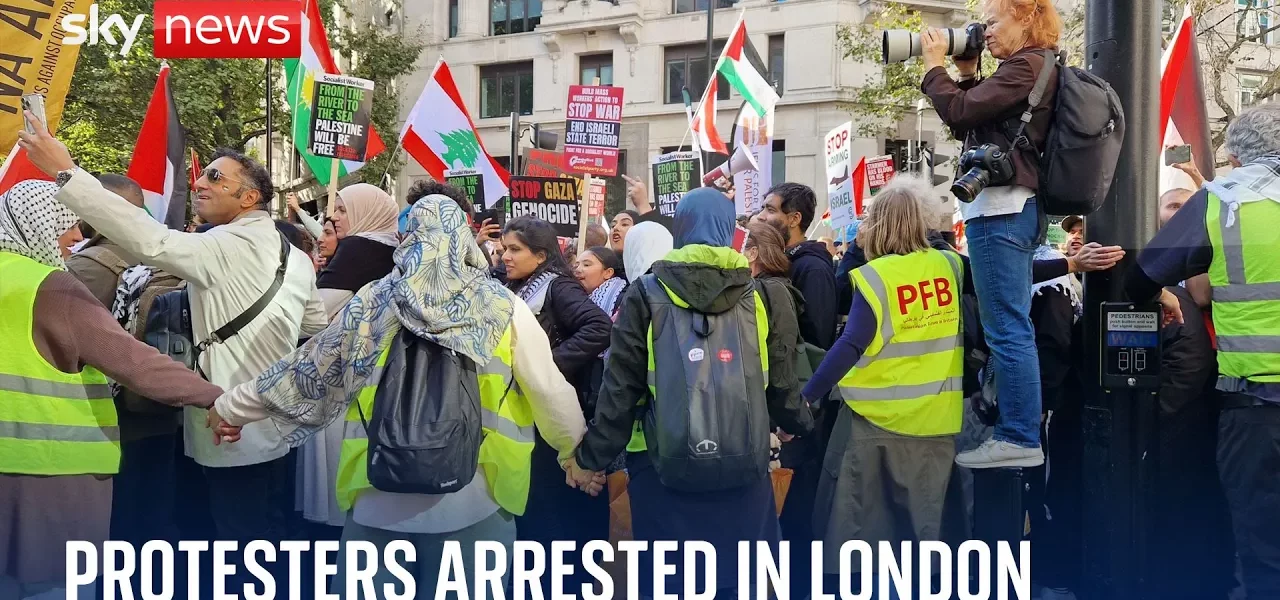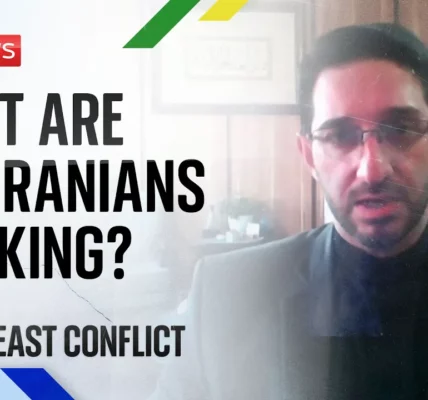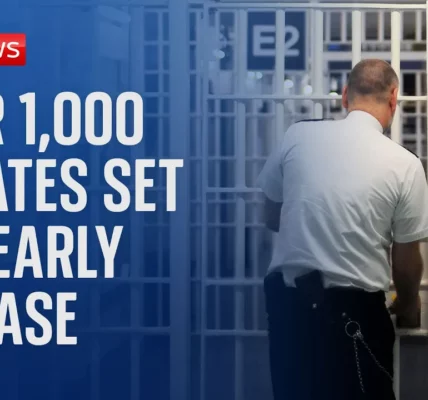Pro-Palestinian Marches: A Year of Demonstrations and Escalation

The pro-Palestinian marches have resonated globally for a year now, marking significant protests that reflect the ongoing conflict between Israel and Palestine. As tensions rise, these demonstrations have become increasingly prominent, highlighting the complexity of the situation and the diverse perspectives involved.
Introduction
The pro-Palestinian demonstrations have maintained a steady rhythm for over a year, with the latest event marking the 20th demonstration. These protests have not only served as a platform for expressing solidarity with Palestine but have also drawn attention to the widening conflict. The recent escalation, particularly following the events of October 7, has intensified the discourse surrounding the Israeli-Palestinian relationship. This article delves into the significance of these marches, the voices involved, and the overarching narrative that continues to unfold on this global stage.
The Marches: A Year of Activism
The pro-Palestinian marches have become a symbol of solidarity for many around the world. As they evolve, the reasons for these demonstrations have expanded, reflecting the changing dynamics of the Israeli-Palestinian conflict.
Historical Context
Since the establishment of Israel, there has been a persistent cycle of violence and protest. Understanding this historical backdrop is crucial to comprehending the current demonstrations. Key points include:
- The founding of Israel in 1948 and subsequent conflicts.
- The ongoing issue of Palestinian territories and refugee crises.
- Recent escalations, including the events leading to the current protests.
Current Demonstration Dynamics
The latest demonstrations are marked not only by their size but also by the diversity of voices participating. Key aspects include:
- Increased participation from international communities.
- Widespread media coverage highlighting the plight of Palestinians.
- Counter-demonstrations expressing pro-Israel sentiments.
Major Themes and Perspectives
The ongoing protests reflect a myriad of themes that resonate deeply with both supporters of Palestine and Israel. Understanding these perspectives is vital for a holistic view of the conflict.
Claims of Genocide
One of the most contentious claims made by organizers of the pro-Palestinian marches is that of genocide against Palestinians. This assertion is met with strong rebuttals from Israeli officials and their supporters. It is essential to explore:
- The definition of genocide and its implications in the context of the Israeli-Palestinian conflict.
- Responses from the international community regarding these claims.
- The absence of discourse surrounding the hostages held by Hamas.
The Role of Media and Public Perception
The media plays a crucial role in shaping public perception of the conflict. The portrayal of events can significantly influence the narrative. Key factors include:
- Selective reporting on incidents and casualties.
- Impact of social media in mobilizing support and spreading information.
- Differences in coverage between pro-Palestinian and pro-Israeli perspectives.
Global Repercussions
The conflict continues to reverberate around the world, sparking protests in cities across different continents. This section examines the global reach of the demonstrations.
International Protests
In solidarity with the pro-Palestinian marches, demonstrations have erupted in numerous countries. Notable examples include:
- France: Large gatherings and vocal support for the Palestinian cause.
- Italy: Protests demanding an end to violence in the region.
- South Africa: Historical ties and support for Palestinian rights.
Impact on International Relations
The protests and the ongoing conflict are influencing diplomatic relations globally. Considerations include:
- The stance of governments on the Israeli-Palestinian conflict.
- Changes in foreign aid and military support.
- The role of international organizations in mediating the conflict.
Conclusion
The pro-Palestinian marches signify more than just a year of protests; they embody a complex struggle for justice and recognition. As the conflict continues to evolve, it is essential for observers to consider the broader context and the myriad of voices involved. For those interested in staying informed, we encourage exploring related articles on this topic to gain a deeper understanding of the ongoing developments. Join the conversation and amplify the voices that matter.
“`




